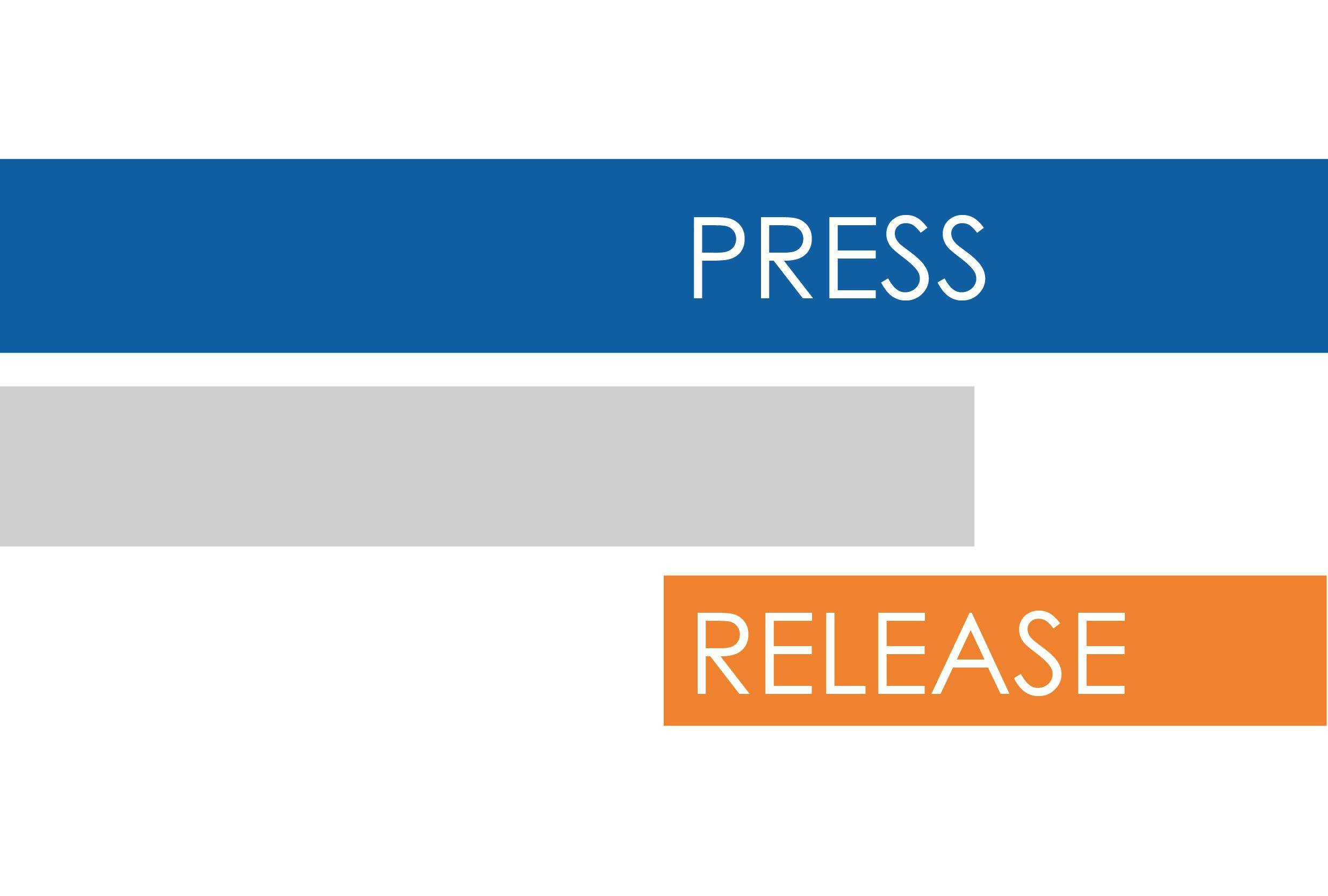Net Zero Initiative : repertoire of publications
NZI publications
Diving into the Net Zero Initiative Guidelines
April 2020
Commitments to "carbon neutrality" or "net zero" by the private sector are multiplying, seen as an appropriate response to curb the global warming and ecological degradation that are accelerating before our very eyes. However, there is no shared definition of corporate neutrality, despite strong declarations by the non-state sector to act in coherence with science. Carbone 4, through the Net Zero Initiative project, is proposing to give this concept a normative definition, combining ambition, transparency and efficiency.
Net Zero Initiative — 2020-2021 Report
July 2021
After laying the foundations of the NZI benchmark, the work in the 2020 season focused on measuring Pillar B (avoided emissions) and setting targets for Pillar C (carbon sinks). More specifically:
- What metric, and what calculation rules should be applied to measure a company's ability to contribute to the decarbonization of its ecosystem? (pillar B)
- What is the right level of a company's contribution to increasing carbon sinks (Pillar C)?
The pillar B guide
June 2022
As part of the third season of the Net Zero Initiative project (2021-2022), Carbone 4 and its partners had the opportunity to explore in depth the notion of companies' contribution to the decarbonization of their ecosystem. This work has given rise to two essential documents: on the one hand, the Guide Pilier B - Calculer et valoriser ses émissions évitées, which aims to equip organizations to calculate their various contributions to decarbonization (emissions avoided by products and services, climate dividends, carbon finance). Secondly, the proposal to create a new climate indicator, designed to assess the compatibility of products and services with the objectives of the Paris Agreement.
Proposition d'un nouvel indicateur climat - Compatibilité des solutions avec l'Accord de Paris
June 2022, in French
Ce nouvel indicateur a pour objectif de mesurer la pertinence d’un produit ou d’un service dans un monde bas-carbone ayant opéré sa transition selon une trajectoire de décarbonation 1,5°C ou well below 2°C. Il permet de classer les solutions vendues par les entreprises à l’aune de leur capacité à répondre aux besoins humains de manière plus ou moins bas-carbone.
Cette publication détaille le principe de calcul de ce nouvel indicateur, son lien avec la Taxonomie Européenne et son articulation possible avec l’indicateur « émissions évitées » au sein de la catégorie B2 « Contribution des solutions » du pilier B. Enfin, une boite à outils en fin de document fournit aux entreprises des premières données nécessaires au calcul de leur SCAP et des études de cas pour illustrer concrètement le calcul de cet indicateur à l’échelle d’une organisation.
Le Guide Pilier C - Bâtir une stratégie de séquestration carbone à la hauteur des enjeux
juillet 2023
The aim of this new indicator is to measure the relevance of a product or service in a low-carbon world that has transitioned to a 1.5°C or well below 2°C decarbonization trajectory. It is used to rank solutions sold by companies according to their ability to meet human needs in a more or less low-carbon way.
This publication details the calculation principle of this new indicator, its link with the European Taxonomy and its possible articulation with the "avoided emissions" indicator within the B2 "Contribution of solutions" category of Pillar B. Finally, a toolbox at the end of the document provides companies with the initial data they need to calculate their SCAP, as well as case studies to illustrate how this indicator can be calculated at an organizational level.
10 principles for an ambitious corporate climate strategy
June 2022
These ten principles are the result of collective work carried out between September 2021 and June 2022 as part of the Net Zero Initiative project. Their aim is to define the foundations of a rigorous and ambitious corporate climate strategy, aligned with science and with the objectives of the Paris Agreement.
The signatories call on all organizations, whatever their size or sector, to put them into practice to build a climate strategy that meets the challenges.
Sector-specific adaptation of NZI
With the objective to offer the most operational keys possible to help economic players transform their business in depth, in 2023 NZI will be rolling out the reference framework for specific sectors and professions.
Guide métier foncière
May 2023, in French
Intended to be enriched as thinking and methods evolve, thanks to the collaboration of the companies sponsoring the approach, this guide aims to define a set of recommendations for the contribution of real estate companies to the objective of global carbon neutrality.































































